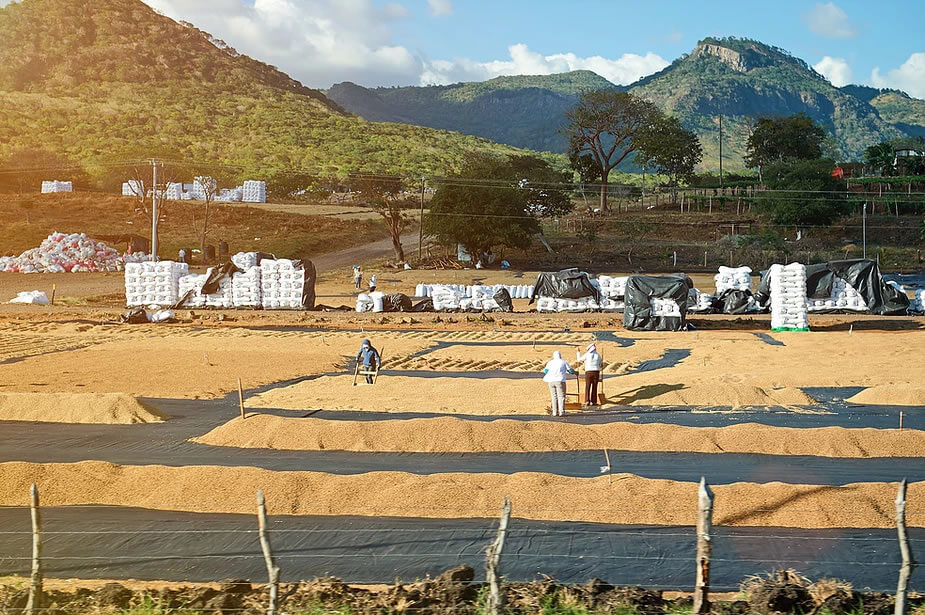Our most beloved beverage coffee has been there since a very on time. There are so many questions which come to mind when thinking about how this amazing beverage is processed and made to perfection. There, of course, a lot of ways which people carry out to get the perfect taste and aroma from their coffee beans but it is not as simple as just getting the coffee beans and then shipping them in bags and jars. There is an entire drying process which occurs to make coffee beans consumable and to make them have the perfect days.
We enjoy so many drinks which have coffee in them on almost a daily basis. The invention of these drinks has still not stopped and companies keep on coming up with new and different flavors for us to enjoy. But now let’s come back to the question of how it is actually dried and brought to us.
Before the coffee beans have to be shipped they are first dried to lower their moisture content. This moisture content is measured by a coffee moisture content meter. Moisture in the coffee should be dropped down from 60% to 11-12% ideally for it to be fit for consumption and have the perfect taste. It is typically dried on large patios which are made of asphalt or cement. After that, they are transferred to mechanical dryers to get rid of the excess moisture still present in them. The coffee present on the drying patios is shifted every 30-40 minutes and is then settled in rows of no more than 5 cm in height. Next to each row is dried and warmed ground and this achieved by natural sunlight. The coffee is then shifted to the ground which was dried and warmed by the sun and the previous position where they were in is now allowed to undergo the same process of drying. This basically speeds up the coffee drying process and also saves it from hazards like fermentation or the coffee beans becoming moldy. This particular method is most often used in Brazil but is not that widely used in Guatemala and Costa Rica where the process is such that the coffee beans are laid perpendicular to the old piles.
If coffee is dried solely by the patio process then it takes about 6-7 days for washed coffees, 8-9 days for pulped naturals which are semi-washed coffees and 12-14 day for natural dry-processed coffees. Due to this reason, coffees are dried on the patio until they reach 15 percent moisture content and then are shifted to mechanical dryers. Once the coffee reaches 25 percent moisture content, it is allowed to be piled up at night under a cotton cloth in order to allow the coffee beans to breathe. In the occurrence of rain, it can be covered with a plastic sheet so it does not get soaked. The coffee beans must not be covered with a burlap sack as due to its porous nature, it will absorb the distinct aroma and flavor of the burlap. There are of course many other drying equipments for coffee beans now but this is the commonly used traditional method.

